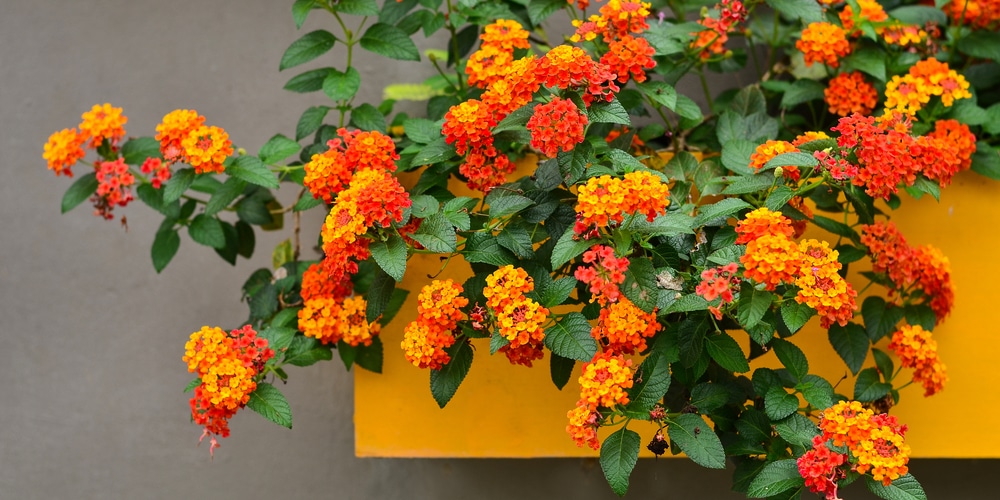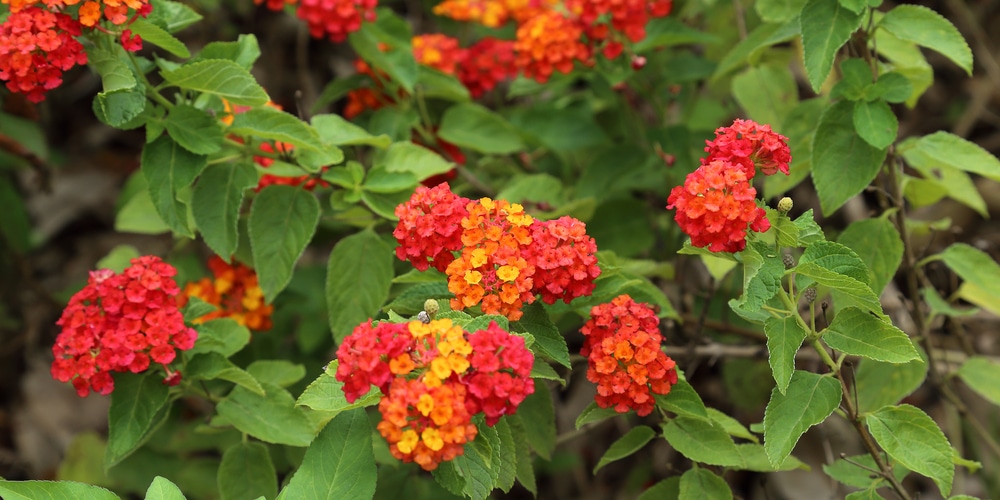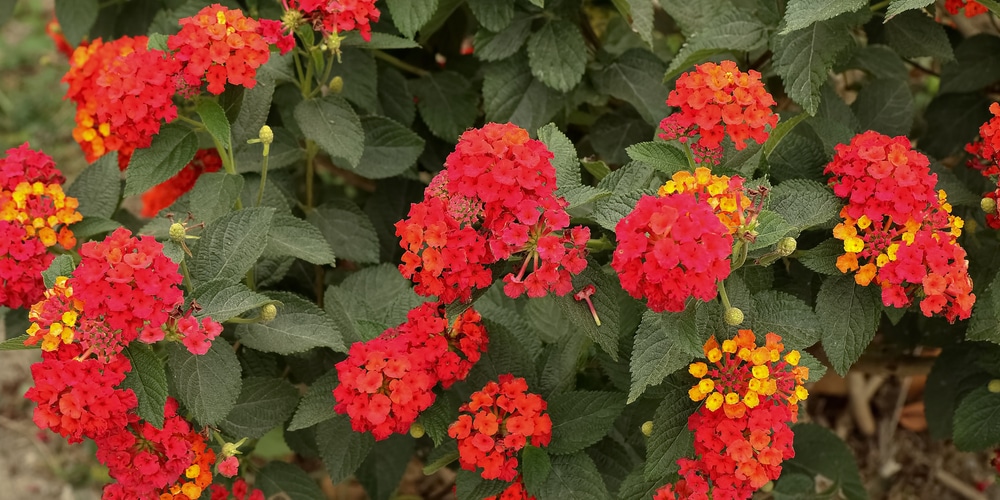Lantana plants produce stunning clusters of flowers that will brighten up any space in your garden, no matter where you place them. Lantanas come in different hues and bloom from late spring until frost (non-stop!).
If you are looking for something to add some color to your garden, lantanas might be your best option. And the best part is that you can choose from several varieties! Indeed, there are more than 150 species of these plants.
But talking about all of them might be exhausting. We will talk about the Lantana Havana Red Sky Hybrid in this article. However, know that most lantana plants are carefree and easy to grow. You can pair a couple of different species to increase diversity in your garden and add even more color to your yard.
Is Latana Havana Red Sky an Annual or Perrenial?

Depending on where you live, you can grow Lantana Havana Red Sky as an annual or a perennial. In the warmer regions of the country, you can have lantanas all-year-round: when the blooming season is over, you can enjoy it as an evergreen shrub or add it as a ground cover.
Besides being easy to grow, these plants also attract plenty of beneficial pollinators to your garden, including butterflies, hummingbirds, and bees. They will make your garden look more lively during most of the year.
If you want to learn more about Lantana Havana Red Sky, this is the right place. Here, we’ll go through what you should know to grow these flowering plants and how to make the most out of them.
Characteristics
As you might expect from its name, Havana Red Sky is a lantana plant with striking red flowers. It performs well in borders and garden beds. If you have limited space in your yard, don’t worry: this plant is a dwarf hybrid that doesn’t grow more than 12 inches tall.
Members of the verbena family, these plants are native to the tropical forests of South America. So, it shouldn’t surprise you that the Havana Red Sky hybrid thrives in hot and dry weather.
Plus, it adapts to most soil conditions, making it easier to add to your garden without struggling with making amendments. The ideal USDA hardiness zones to grow these plants are perennials are between 9 and 11.
Lantana Havana Red Sky Care: Our Tips
If you live in the warmest parts of the country, you might be struggling to find a delicate-looking flowering plant to make your garden look more elegant.
Temperature
Lantanas are drought tolerant and need plenty of sunlight to thrive. They don’t mind high temperatures and keep flowering as long as you give them what they need to survive.
Water
Forget about heavy watering: your lantanas don’t need much moisture to thrive. Indeed, too much water might cause them to stop producing flowers. While it might sound weird, these plants live better without much intervention from your side.
Giving them too much care might cause them to stop seeing reproduction as essential, ceasing to stop producing the stunning blooms we all love so much about these plants.
Sun
Also, make sure you place your plants in a location that receives at least six to eight hours of sun each day. Inadequate sunlight might prevent your lantanas from blooming. To be as prolific as you wish, these plants need plenty of light for photosynthesis and create the necessary energy to produce flowers at such high rates.
Pests and Diseases
In general, these plants tend to be resistant to most diseases. There is no need to spray them with insecticide.
However, if you live in a warm region, you might have to do something to stop lace bug insects feeding on their leaves. The stress these insects cause might be so dramatic to halt blooming and growth.
If you see tiny insects on the underside of the leaves of your lantana plants, spray them with a mixture of soap and water. Remember to take action as soon as possible to avoid infestations and prevent the consequences from getting severe.
How to Keep a Lantana Havana Red Sky Blooming
Finally, ensure you remove any green pods your plant might form. While they might look cute, these pods are the young seeds of your plant.
And when your lantana has developed them, it sees no reason to keep spending energy to produce flowers. With seeds, the plant has accomplished its mission. To avoid that from happening, cut off the pods.
Related Article: Orange Flowers in Texas

